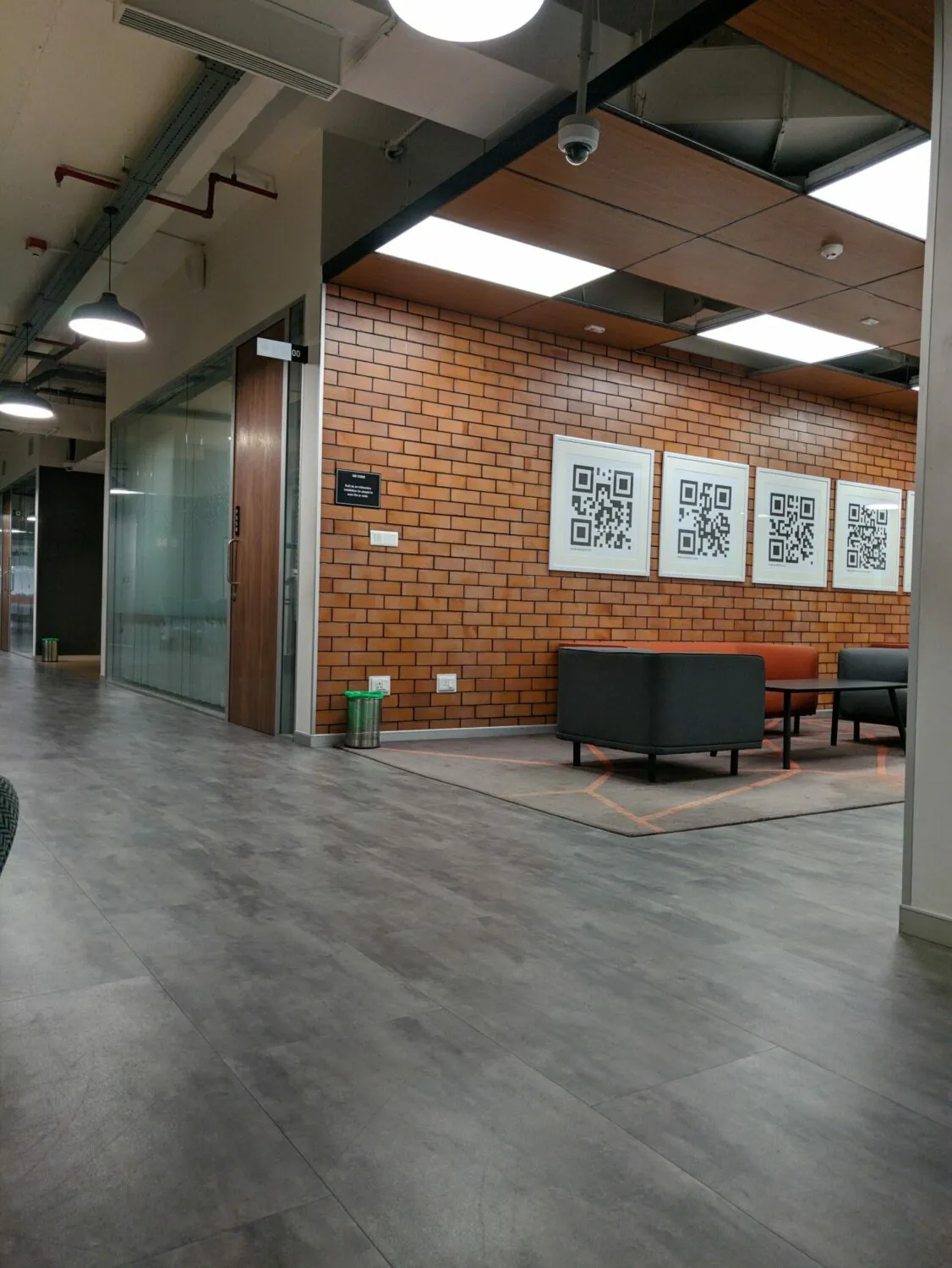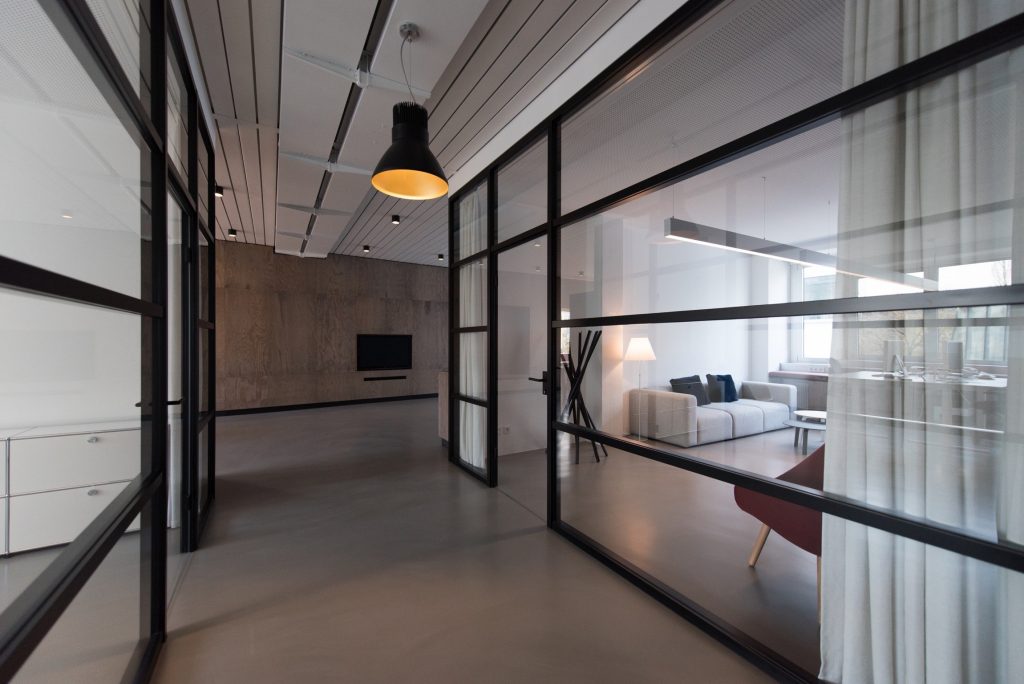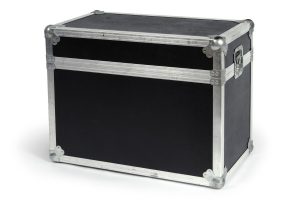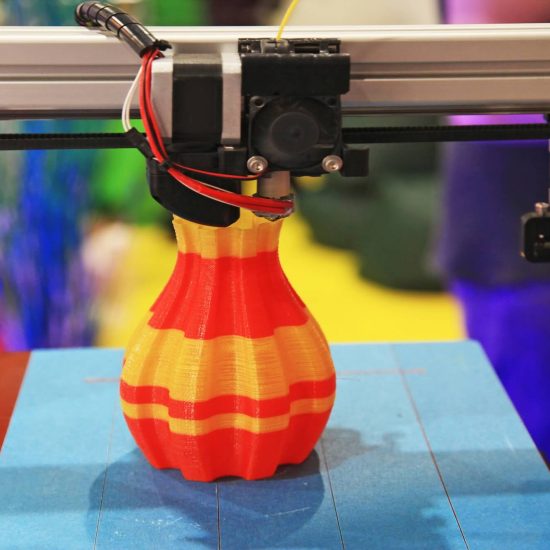The modern networking sphere has become a real blend of digital and physical, remote and in-person. Most businesses who are open to exploring new networking channels are engaged in both types, but there are still many who prefer one way or the other, and they could be missing out.
In this article, we’ll be looking at both types of networking, so your business can discover which one might work best. We’ll look at the benefits and drawbacks of meeting in person, and compare them with restricting your networking to online. Then, we’ll explain why an intelligent mix of both types of networking will probably be best, as long as you take both seriously and invest an appropriate amount of resources in each.
The rise of remote networking
Until the 1990s, all networking was done in-person, as that was pretty much the only way. The conference and exhibition scene was thriving, as were purpose-built “networking events”, where representatives from businesses met with the sole purpose of making connections (with no pretence that they were there for any other reason). There were also the countless recommendations and word-of-mouth introductions that were happening on golf courses, in clubs and in various other groups around the world.
Then the internet happened. Suddenly, connected businesses could put their names out and get to know each other from the comfort of their beige 640×480-pixel VGA monitors. In these early days, the internet had a somewhat self-selecting user base – tech-savvy users, perhaps the geekiest members of the company, or those who fully bought into the worldwide web as a useful tool (and not everyone did). So when two online people connected, they already had something in common – they used this internet thing – and business could flow from there.
Face-to-face meetings never went away, but as the internet matured, remote networking became more organised and attracted a wider audience. Then, with the rise of social media, it was easy to make connections via the likes of Facebook groups, LinkedIn and specialist forums. Overnight, you could “meet” anyone in the world and start doing business.
It soon became a blessing and a curse. Because it was so easy to meet people online, everyone was doing it, whether they were good fits or not. A job advertised in the trade press might have attracted fifty responses, but post it online and you might have to deal with thousands, which is only great if you have the manpower to sort the wheat from the chaff. Throw in spam emails, dodgy contacts and fake credentials, and all was not rosy in the garden. Meeting in person, which had been written off as yesterday’s news, found its feet again and the exhibition and conference space had a renaissance. Just think about all the impressive conference centres that have been built in the past twenty years.
In 2020, though, everything got knocked sideways by Covid. Networking online became a necessity, and a number of teleconferencing tools that had been niche business applications zoomed into the public consciousness. While digital tools rode to the rescue during those dark times, the experience of only having remote networking reminded people that the real world is a whole lot more vivid, tangible and personal. And as soon as rules on social distancing started to be relaxed, a masked-up conference community got going. And we’ve never looked back.
In-person networking is here to stay
Given the benefits and convenience of remote networking, why is face-to-face meeting still such a huge draw? Ultimately we’re all still humans, and we have those instincts and desires that cause a sense of separation when we’re dealing with people online.
Meeting a prospective business partner at an exhibition is infinitely more instructive than talking to their face over a teleconferencing screen, where you can’t even be sure if the background is real (or if they’re wearing pyjama bottoms). You can pick up a lot of information about a person in the first few seconds of an in-person meeting, partly subconsciously. Little tells like eye contact, body language, natural warmth, humour and the way they’re dressed instantly send signals that can open or close doors.
There’s also the way we fully internalise things that happen in the real, three-dimensional, stereophonic, lag-free world. Product demonstrations, conversations and presentations are simply more memorable when they’re experienced right in front of you, and that really matters. There’s also the fact that you’ve taken the effort to travel to a venue, whether you’re an exhibitor or a visitor, which shows you’re committed to your cause.
The typical trade fair, conference or exhibition will also be self-selecting when it comes to the types of people who are turning up. Because it’s an effort to be there, and might even cost a reasonable amount of money, your audience is going to be focused on the business – there are few time-wasters or incidental bystanders in the conference hall.
Comparing in-person with remote
In a head-to-head fight, which type of networking is the most effective? Let’s go through the main factors.
- Cost: When it comes to spending your money, there’s no comparison between remote and in-person networking – at least in terms of the initial spend. Networking online is effectively free, with costs of being online and using the common software being negligible. Being an exhibitor can cost a decent amount of money, as can all the attached expenditures like transport, accommodation, sustenance, training and your exhibition stand. So why do people still do it? Well, as we mentioned above, it brings many advantages, and they can convert into better deals, longer relationships and a good return on investment.
- Relationship quality: Here, there’s no comparison. If you’ve only ever met someone online, there’s a good chance you’re not seeing the whole picture, and you won’t be able to show them your whole offering. Many a business relationship has been cemented by those off-the-ball conversations, and events that just help to make everything more personal.
- Follow-up potential: If you’ve managed to gather a bunch of contacts from an event, you then need to chase them up. Remote networking comes into its own here. You’ve made that first impression in the real world, and given the contact time to digest your offering. Now, it’s quick and easy to follow up with an email or phone call. It doesn’t feel spammy or like a cold call, but you can get through a lot of contacts in a day this way, and start making inroads into the most promising ones.
- Target audience finding: Events attract like-minded people, and the cost acts as a certain barrier to entry, in a good way. Online, where everything is free, you’re more likely to waste your time on speculators who have nothing to lose by stringing you along and picking your brain. That’s not to say there aren’t strong, useful communities online – far from it – but it’s also probably true that when you meet someone at a conference, you’re already at a narrower part of the sales funnel, right from the off.
- Geographic limitations: This is a definite win for the remote networker. You could have a pretty successful online session with someone on the International Space Station if you needed to. But meeting face-to-face with someone in another city, country or continent can have escalating costs, which you might be less willing to risk if you gauge the potential as little more than speculative.
The hybrid approach – best of both worlds
If we bear in mind the direct comparison above, the obvious conclusion we would come to is that the real benefits come from combining the two forms of networking. And that’s exactly what smart networkers do. They’ll invest in a complete exhibition setup to take their message directly to the people they’re targeting, doing demonstrations and striking deals right there in the hall.
But after the buzz has faded, the online benefits kick in when you start to do your follow-up work. The first contacts have been made, both parties can put faces to names, and you can start gauging their interest and start closing in on those all important contracts.
All sectors are, of course, different, and have their own online and offline scenes that you can tap into. In sectors like engineering, travel, homes, transportation and fashion, people really benefit from getting up close with the individuals and products that they’ll be dealing with. In such cases, it pays to invest heavily in a real-world presence, be that on the expo scene or in dedicated networking groups.
Digital and media sectors still need to meet in person, but the products they are pushing are often destined for the screen, so it can actually be beneficial to sample the products in the same format that their consumers will. Meeting in person might go on higher up in the business, rather than at the operational level.
If you’re planning a networking push, or trying to create a permanent presence for yourself in your sector, it’s a good idea to look into what channels perform the best for making connections. You can balance your expenditure accordingly, and keep an eye on how your investments are playing out over time. With a foot in both camps, it’s much easier to dial up or tone down a specific channel, with a wealth of gained experience, than it is to start from scratch in the digital or real world. It all ultimately comes down to who your targets are, and what your medium-term goals are for your organisation.
Whatever you do, do it right
Whether you aim to focus on digital networking or in-person, or indeed to adopt a hybrid approach, your research and preparation will go a long way towards making it a success. Sure, you can meet that future client in a lift quite by chance, but if you’re relying on serendipitous meetings for your business success, you might need to have a word with your shareholders about it.
Before you engage in any form of networking, do your research both online and in person. Online, you can look into the way your industry meets, and form a picture of how important the various channels are. If you’re talking to a supplier, partner or client, why not ask them what events they’re planning to attend or exhibit at? You’ll spark a conversation that will get you some valuable insights into where you can find rich veins of networking success.
We mentioned above that first impressions count on a personal level, but you also need to pay special attention to how you present your brand in the public space, and that’s where having a professionally designed and built exhibition stand starts to pay for itself. A good stand, that’s visible and enticing, with well-trained staff, perfectly-planned floor space, effective product demonstrations, tasty giveaways and great lighting, will all add up to a great big “welcome” sign for people who might want to be part of your success.
Just how the stand fits into your overall mix will depend on how you plan to do networking, but few businesses that get into exhibiting don’t rave about its benefits. For that reason, it’s always worth giving it a try, even if you start with tentative steps, like getting a small exhibition stand or hiring one for the event. You’ll find that meeting potential leads in person acts as a catalyst for advancing the relationship, whether you continue in person or take things online.











































































